“How do I make my contributions more visible to leadership without coming across as self-promoting or bragging?”
This question from an Optimism Library subscriber touches on a universal workplace challenge—getting recognition without seeming like you’re fishing for it.
Simon’s answer reframes the approach: “Nobody cares about you, right?”
Before you take offense, hear him out. His point is about shifting focus from personal recognition to organizational success. “How do you help your boss succeed?”
Understanding Your Boss’s Style
Simon admits he’s often that boss who doesn’t track daily operations closely. “I tend to not have my finger on the pulse cause I’m very laissez-faire,” he said. “And so I sometimes don’t know what people are up to, and so that’s why I like status meetings. I’m like, tell me what you’re up to.”
If your boss operates similarly, Simon suggests positioning visibility as a contribution to their success:
“Hey, I thought of an idea. In an effort to help you know everything that we’re doing so that you can share with your boss, like the stuff that you’re getting done in your department, what do you think about some sort of status meeting or status report where all of us can show you what we’re working on?”
The Accountability Approach
Simon’s second strategy might seem counterintuitive: Ask for more accountability.
“Scorecards or OKRs or something like that, asking if you could do scorecarding or some sort of technique so that you can be held accountable for the things you’re being asked to do,” Simon said.
This serves dual purposes: “It lets somebody know what you’re doing,” while adding “a huge amount of transparency, so nobody thinks you’re lazy if they’re not seeing your work product.”
The Perception Problem
Simon shared a revealing story about his first job that illustrates why visibility matters. His boss gauged productivity by stress levels—a metric that worked against Simon’s naturally calm demeanor.
“The way that she gauged whether you were busy or not is how stressed you were,” Simon said. “So I’m pretty relaxed even when I’ve got tons of work—this is what I’m like when I have nothing to do today, this is what I’m like when I have a lot to do today.”
Meanwhile, a stressed colleague was perceived as the busiest team member: “She would be always stressed out, and even if she had like two things to do, she’d be walking down the hall looking wound up… and our boss thought she was always the most, the busiest one on the team.”
Young Simon even experimented with acting stressed: “I did an experiment where I walked down the hall and pretended to be super stressed, and my boss was like, ‘Hey, nice job getting all your work done.'”
“You have to learn your boss’s style,” Simon said. The lesson isn’t to fake stress, but to understand how your boss measures productivity.
Three Scripts for Visibility
Simon offers three specific approaches to create visibility without seeming self-promotional:
- Priority Alignment: “Hey, can I sit down with you go through my priority list to make sure I’m focusing my time in the right places?”
- Accountability Request: “Hey, can we do scorecarding so that I can be held accountable for you?”
- Status Update System: “Hey, can we do status reports so that you know everything?”
“The point is all of those things are telling somebody what you’re doing,” Simon said. “And it does create accountability tools, which is good too.”
By framing visibility as a tool for your boss’s success rather than your own recognition, you transform what could seem self-serving into organizational improvement.
Facing a challenge at work? Maybe Simon can help. As an Optimism Library subscriber, you’re invited to our exclusive quarterly Live Q&A sessions where you can ask Simon your questions directly.












